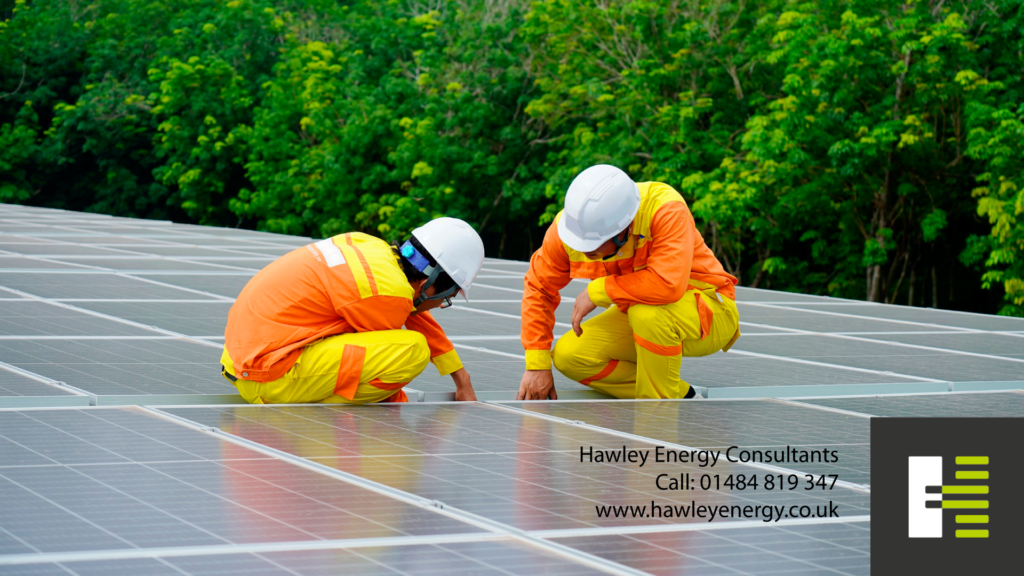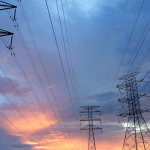
We’ve heard lots of discussion around solar panels, the benefits and one of the products towards a ‘greener’ future. However, one new train of thought suggests they are actually damaging to the environment in the longer term. Given the benefits of transitioning to renewable energy sources, we’ve taken a little time-out to consider Solar panels and the environment.
Recycling
Despite the new thought process, it’s important to keep in mind that solar panels can; in almost all circumstances be recycled to some degree.
Of course, recycling is an important part of any sustainable waste management plan. Elements within Solar Panels may vary with the most applicable recyclable materials such as glass, aluminium, copper and silicone often included in product manufacturing. The recycling process will include the decommissioning and removal of panels from site and in many cases, shredded into smaller pieces, allowing the separation of the different components/materials.
The separated materials will then go through a further process to recover valuable components with glass being melted down/reused, metals like aluminium and copped being smelted and recycled. Silicon from the solar panels can also be reclaimed.
Managing Hazardous Materials
Solar panels can contain small amounts of more hazardous materials such as Cadmium (and lead in certain types of panels) and in this scenario, proper handling/disposal is essential to ensure environmental safety and this element is potentially where the current concerns stem from.
Cadmium (being the most challenging element) is not commonly used in the manufacture of traditional silicon based solar panels with the majority of panels being manufactured using silicon wafers. Some manufacturers do however produce cadmium telluride (CdTe) thin film solar panels where the cadmium is used as a light collecting material. In these limited cases, the cadmium content is significant and by weight, can be as much as 12% of the solar panel.
It’s important to note however that Cadmium is not commonly used in Solar Panel manufacturing with the majority produced using silicon (where no Cadmium is present). CdTe panels are typically produced at the lower end of the market due to lower manufacturing costs and performance.
In contrast, lead is not commonly used in the manufacture of standard silicon based solar panels but it is sometimes used in the manufacturing process. Amorphous silicon solar panels for example, may contain small amounts of lead but it’s important to note that this is not widespread as the health implications are well known/understood.
Conclusion
Smart product selection is not only based on running cost benefits, but also with consideration towards the components affecting the environment when decommissioned. This will ensure that any issues at ‘end of product life’ do not temper any benefit you have enjoyed in the interim. Of course hazardous materials are to be avoided where possible. The headlines may be based on a small number of products using uncommon hazardous components.
With the correct checks and measures in place, you can proceed safely with solar panels without causing long term damage to the environment.

